The Great American Elm
American elm (Ulmus americana) is one of Minnesota's three native elms along with red elm (Ulmus rubra) and rock elm (Ulmus thomasii). The American elm was once a very common tree in the Eastern and Midwestern United States. In the 19th century, the American elm was the most popular tree to plant in cities. American elms are loved for their graceful shapes and arching branches – it makes for a quintessential shade tree.
American elm can grow up to 80-100 feet tall and have a trunk diameter of 5 feet. These trees are tolerant to urban soils and can grow very fast. They’re a seed source for small mammals and birds. American elms also provide habitat for nesting bird species. The wood is used for furniture, boxes, baskets, and hockey sticks.
What Happened with Dutch Elm Disease
Dutch Elm Disease (DED) is a vascular wilt disease. It’s caused by the invasive fungal pathogen Ophiostoma novo-ulmi. It was discovered in the United States in the early 1930s, accidentally being transported on elm logs from Europe.
The native elm bark beetle (Hylurgopinus rufipes) and European elm bark beetle (Scolytus multistriatus) are responsible for transmitting and spreading DED overland. The beetles lay eggs in affected trees and when the adult beetles emerge, they carry the fungus with them. They transfer the disease from infected trees to healthy trees as they feed on the twigs and upper branches. The spores of the fungus then get into the tree’s water-conducting cells. The tree produces plug-like structures called tyloses in an attempt to stop the movement of the disease. However, it’s typically not timed properly and this defense causes wilt and decline within the trees. The fungi are also able to transfer between trees by roof grafts that form between adjacent trees.
Since the introduction and spread of DED, millions of elms across the country have been killed. It is the leading cause of elm mortality. All native elm species are susceptible to DED. Some elm species and cultivars have higher levels of resistance to DED.
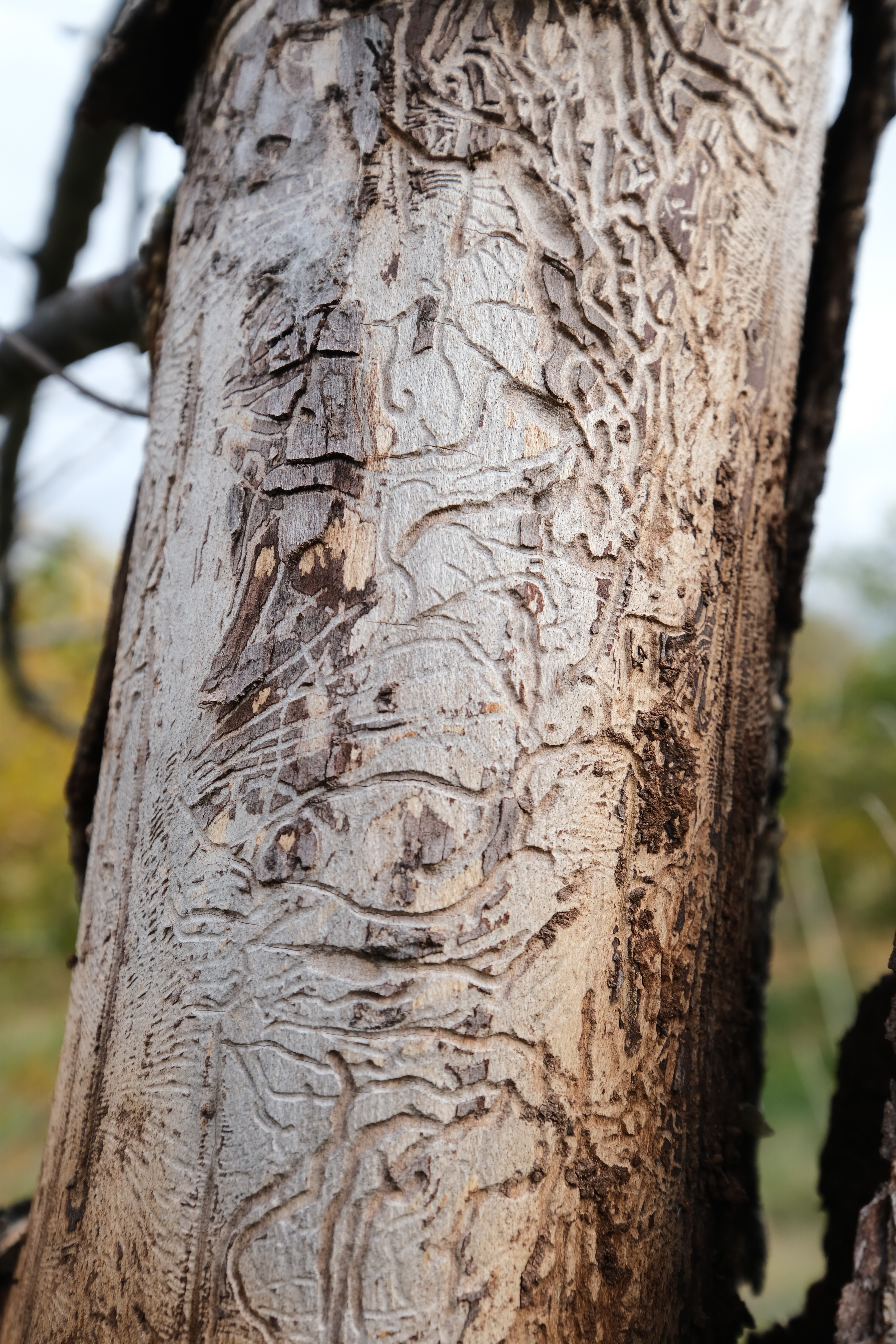
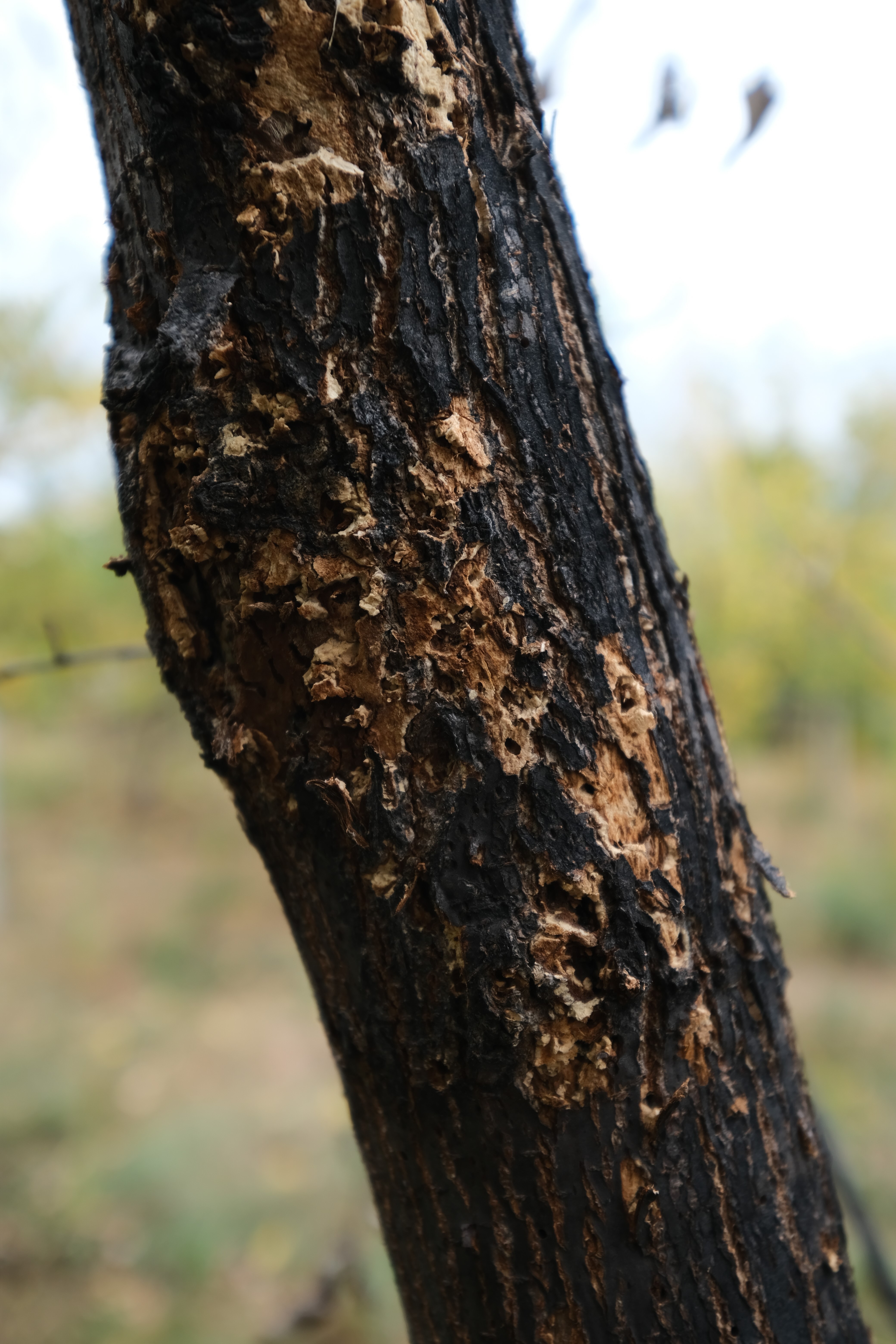
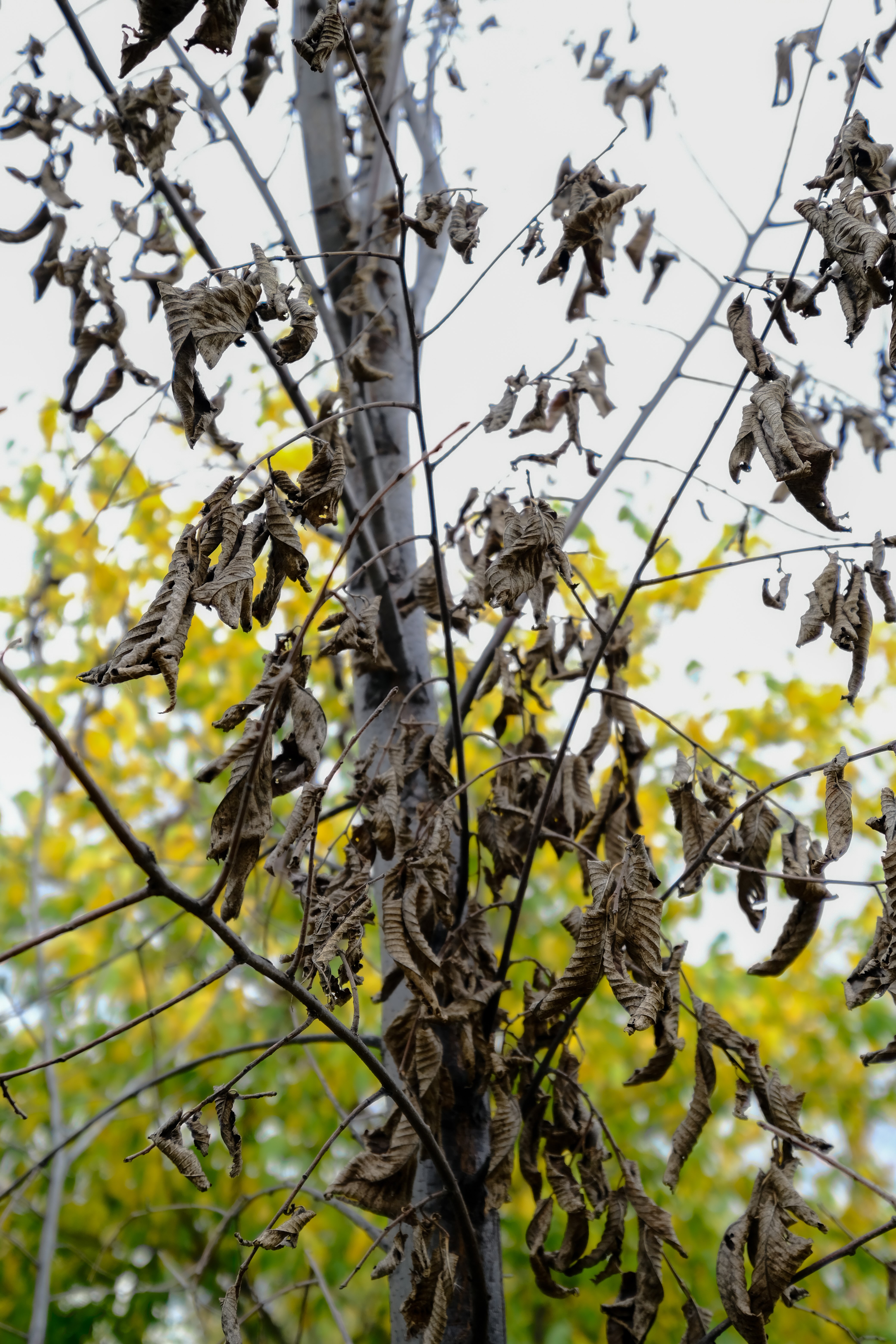
The University of Minnesota Survivor Elm Project
In the early 2000s, the University of Minnesota started the Survivor Elm project. The project aims to restore American elms in Minnesota. Since the start, the University has been evaluating, selecting, and screening elms from across the state. Survivor elm trees or trees that seem to have an innate resistance to the fungus are first identified. Our team then goes out to these apparent resistant elms to collect material from them. This material is used to clonally propagate the selected tree, creating an exact copy of the genetics. After growing in the research nursery for several years, the trees are inoculated with the fungus to assess their resistance.
The project has collected over 100 unique elms from across the state. Recently, we’ve started to replant in natural areas in Minnesota and plan on continuing this work moving forward in an attempt to restore American elms.
Do you have a survivor elm you think may be a good candidate for the research program?
You can submit information about a survivor elm by filling out this form.
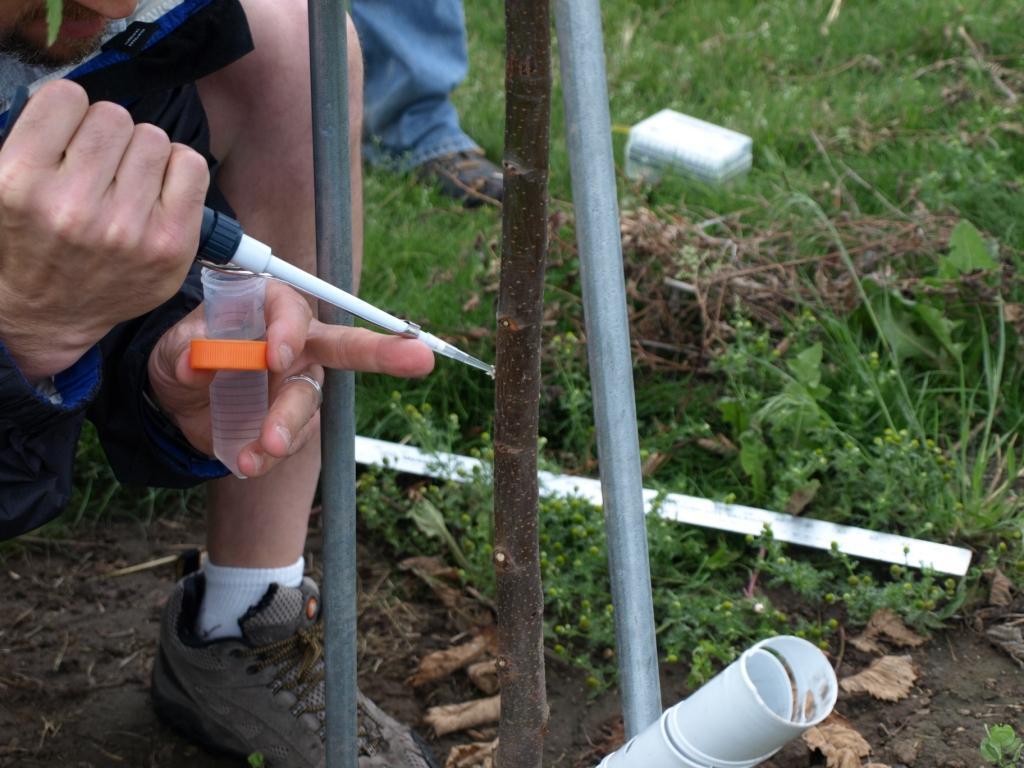
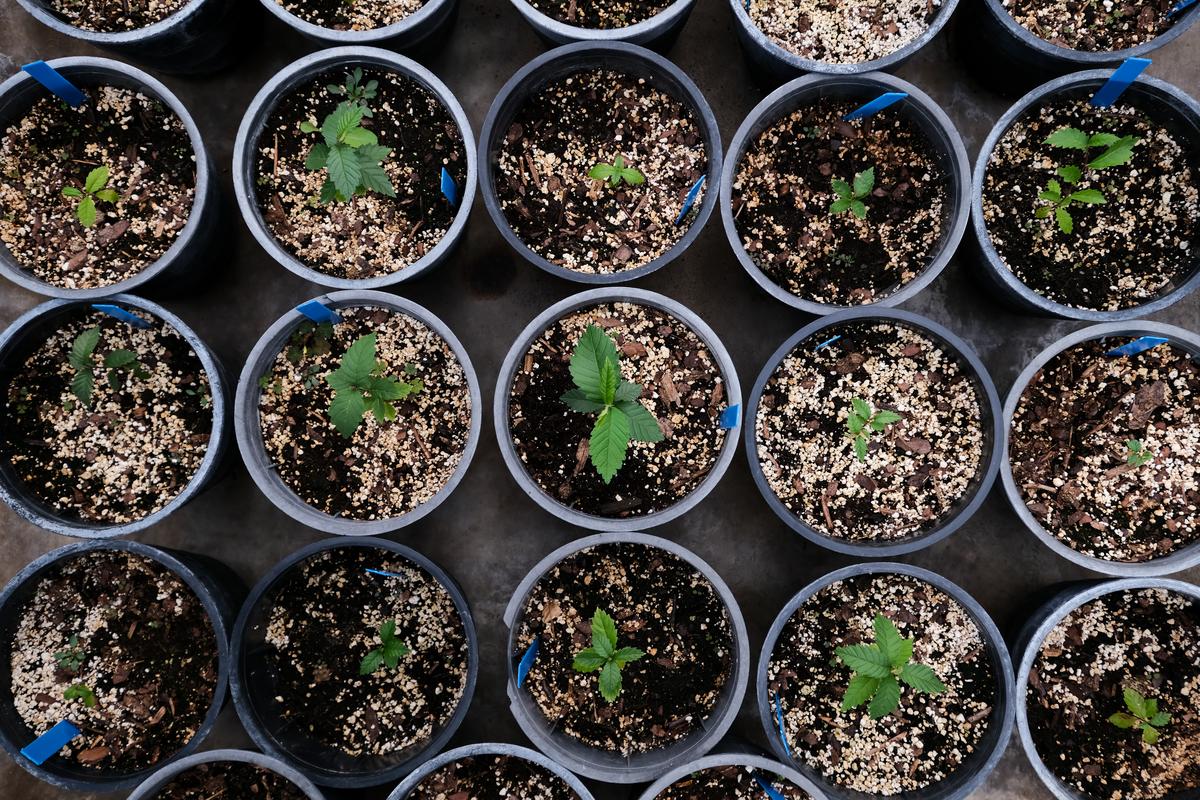
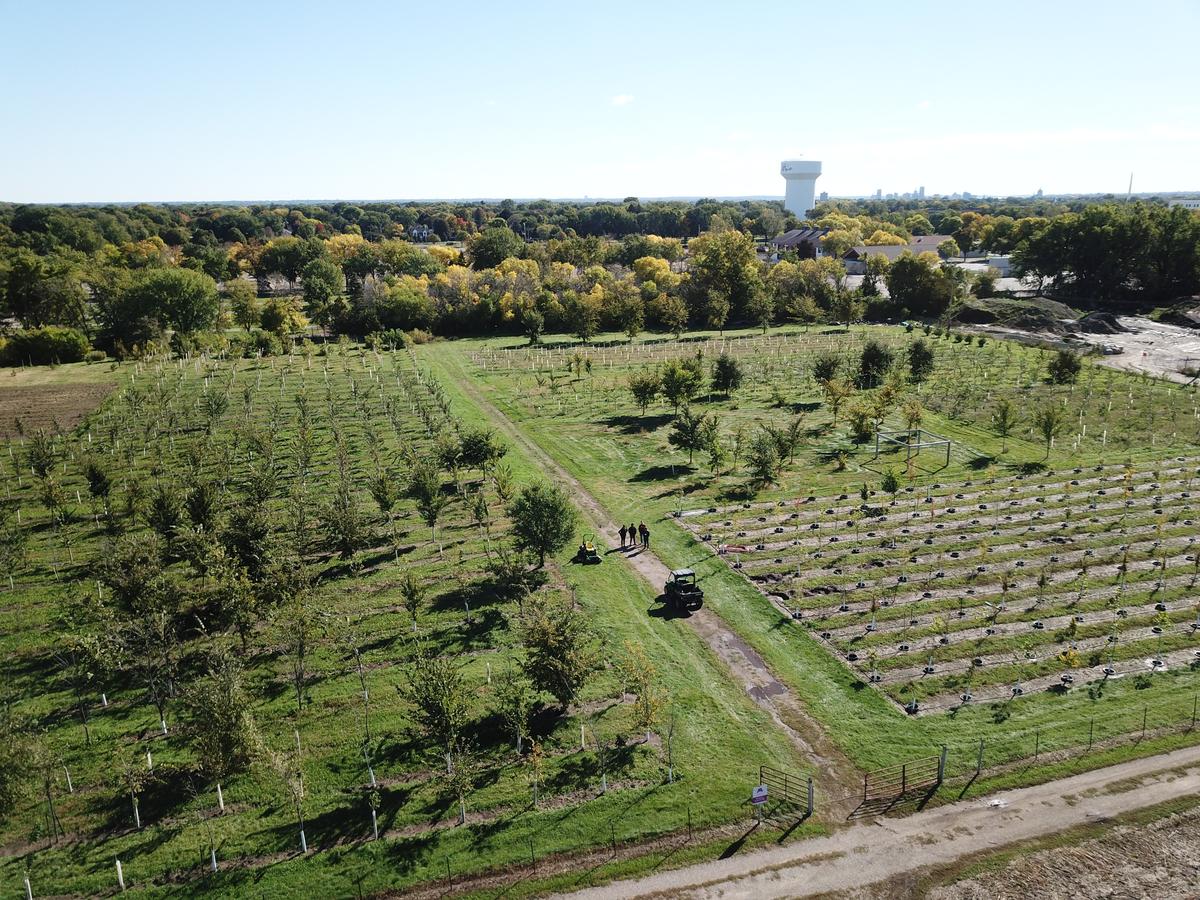
For more information: